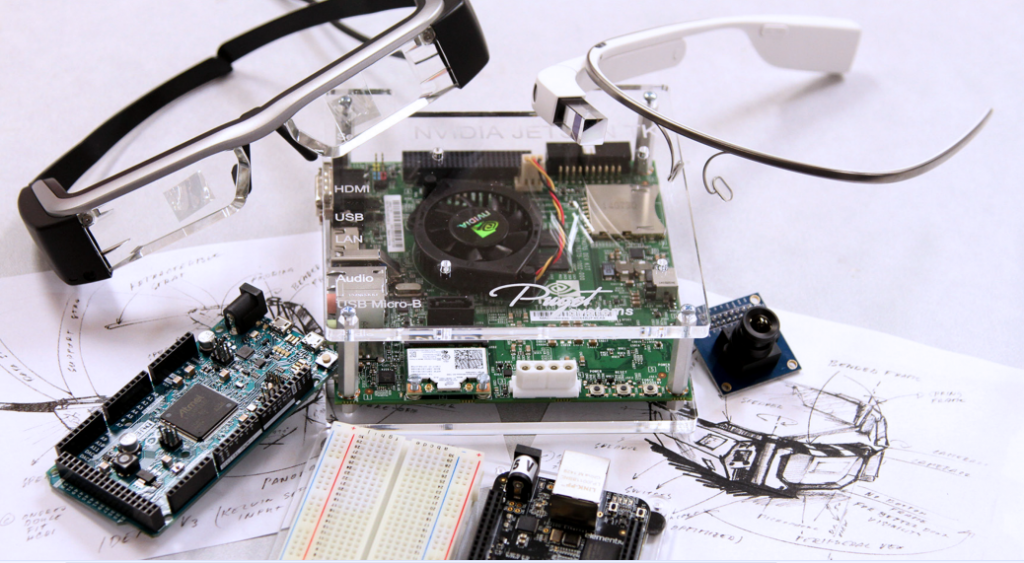Have you noticed the resurgence in the aerospace sector in recent years? Demand for air travel is the clearest indicator that this sector is having it smooth in the skies. The International Air Transport Association (IATA) reports that there were 4.5 billion air travelers in 2019, an excellent year for aviation, facing the 3,4 billion travelers of 2016. Considering that the global backlog of aircrafts stands at 13,355 aircraft, the outlook for the sector looks promising.
Despite today’s pandemic situation, we can confidently predict that the amount of electronic systems required in the industry will continue to surge. Faced with more demand, manufacturers and designers have to acquaint themselves with design norms and expectations. Meeting customer requirements within a controlled environment is the biggest assurance of steady business.
As experts in electronics contract manufacturing for the aerospace sector, there is no one better to offer you a side view of aerospace electronics design. Here are some things you need to know about design for manufacturing (DFM) in aerospace electronics.
Design Standards and Regulations
Systems and modules for the aerospace sector must adhere to stringent standards and regulations. It is important to grasp all these conditions to make sure the resulting electronics are applicable across the board. For instance, the capability and level of adherence to ISO 9100 and Nadcap 7120 Electronics usually make the difference between quality contract electronic manufacturers and bogus ones for the aerospace industry. Other processes that can propel the reputation of a contract manufacturer are listed below:
- Counterfeit processes compliant to AS5553A.
- Quality and Manufacturing Control Plans, including mistake prevention measures
- Foreign Object Elimination program
Supply Chain Traceability
Counterfeiters like to deal in high-value modules and products, hence the decision to cover this issue in this aerospace electronics design guide. Supply chain methods can help counter this challenge during the design for electronics manufacturing process.

Fig 1: Examples of Electronic Modules (source)
If an electronic manufacturing service is destined for a critical program, then the approval process is extremely stringent. Remember that traceability goes beyond electronic materials, giving insight into things like:
- People involved
- Equipment and operations used
- How the process happened
- Type and source of materials
Quality Management System
In a nutshell, a quality management system comprises of business processes for consistent customer satisfaction. Design for electronics manufacturing is incomplete without an AS9100D-compliant quality management system.
MADES is involved in design activities for aviation electronic systems, providing advice to its clients and guiding them towards operational excellence in the manufacturing step. Our team of engineers designs the flow of processes and controls that optimize the cost and quality of the products.
Material Suitability
This aerospace electronics design guide also takes into account the environment where the materials will be used. Extreme temperatures, shocks and vibrations are normal in this industry. Apart from having the properties needed to withstand these conditions, the material should also be scalable.
Having a powerful design software tool is crucial in aerospace design. Systems are complex and may need to integrate with others, something that may require multi-module design and simulations. For instance, if the design could simulate power and heat variations, and check for the durability of materials, then that’s a huge plus.
Aerospace designers and engineers are expected to deliver error-free results during systems design and manufacturing. Given the stringency of aerospace design and manufacture, it is important for companies to find an electronic contract manufacturer that is experienced in sourcing for the best materials, following standards & regulations and ensuring superior quality control throughout the process.
Talk to MADES today for more on this aerospace electronics design guide.




